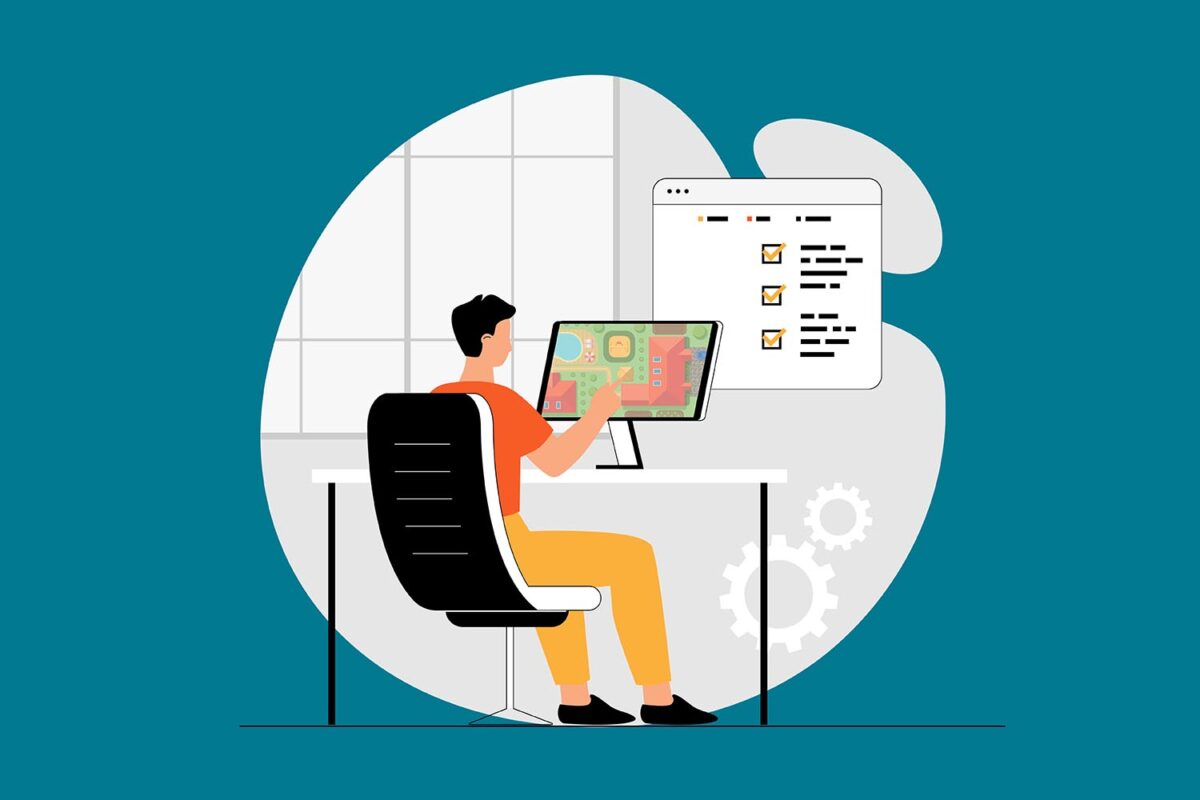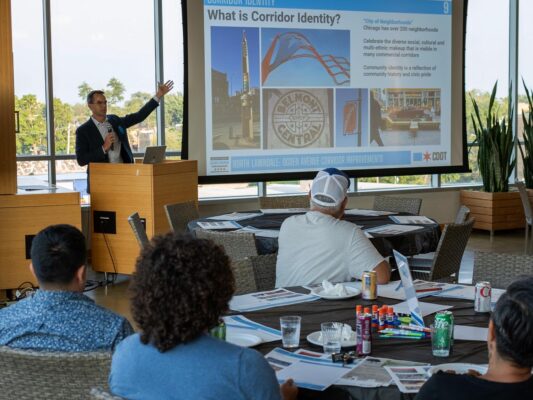
Civiltech’s Director of Landscape Architecture, Phil Hutchinson, PLA, LEED AP, traveled to Denver in January to volunteer with the Council of Landscape Architecture Registration Board (CLARB). Phil and 15 other Landscape Architects from across the US and Canada convened to assist CLARB in the roll out of an updated Landscape Architecture Review Examination (LARE). The LARE is the licensing exam used for Professional Landscape Architect (PLA) registration.
CLARB had recently updated the exam structure and given the new test to candidates in December. Since Phil had previously served a 6-year term on the exam writing committee, he was asked to join a “cut score committee” to review the latest version of the exam and establish a new minimum passing score.
Phil and the committee worked closely with a professional testing consultant and a team of psychometricians to develop the scoring parameters. The committee was tasked with reviewing several sections of the exam. They reviewed each individual question, assigned a rating representing the difficulty of the questions, and recommending what the minimum overall score should be for a “minimally competent Landscape Architect” to pass that section. The committee then took the exam themselves, and their test results and assumptions were compared to the actual exam results of the candidates who took the test in December. This comparative data was then used to establish the passing score.
Phil shared that actually taking the exam was more intense than the committee had anticipated, despite being professional Landscape Architects and experts in the field. He stated that the LARE is notoriously difficult and passing rates are typically around 50%. A practicing Landscape Architect’s daily practice can vary depending on their area of focus and their firm’s specialization, making it difficult to have the necessary expertise in all of the exam’s categories, which include inventory and analysis, construction docs, grading and drainage, and planning and design. However, Phil stated that a positive take away in sitting for the exam is allowing the committee to see the questions through the lens (and nerves) of a licensing candidate.
Also, the method of testing has changed dramatically since Phil sat for his licensing exam. At that time, the exam still involved hand drawing and design vignettes. Now the test is administered by computer. Phil stated that the current test includes new and contemporary content such as questions on low impact development and green infrastructure. It still involves design vignettes, but now utilizes software with drag and drop features allowing the tester to place elements in a graphic scenario to solve a design challenge.
Phil shared that having been a practicing professional for the last 16 years and away from the academic environment, the experience of sitting for an exam in a timed environment over 2 full days was surprisingly stressful. Until their exam results were provided on the final day of the committee’s involvement, the group shared a few evenings of jovial dinnertime speculation about their test results. Phil happily learned that he not only passed all of the sections, but had also obtained the top score in two of them.
Phil remains involved in the CLARB as a way to stay connected to the profession. Volunteer opportunities with the organization provide ways to connect with other Landscape Architects, practices, and trends that are unique, with a different focus than other professional seminars and industry events.
Civiltech is grateful for Phil’s involvement in CLARB, providing meaningful service and leadership in support of new Landscape Architects entering the field. (Civiltech also says, “Congratulations!” on passing the notoriously difficult exam a second time!)
